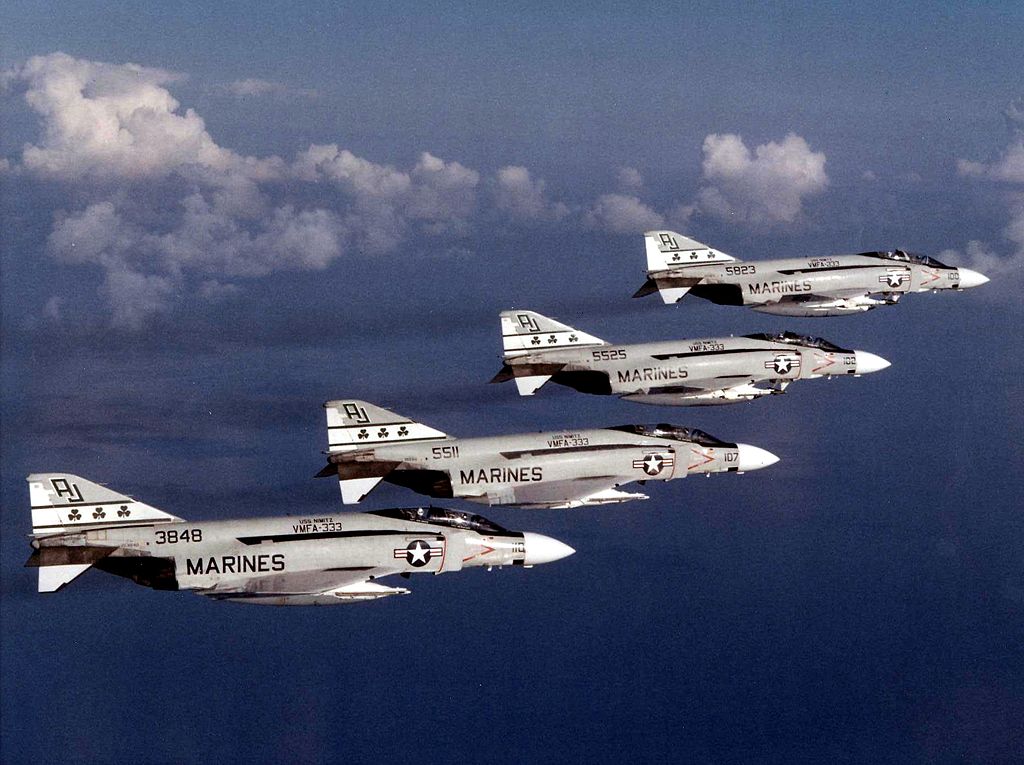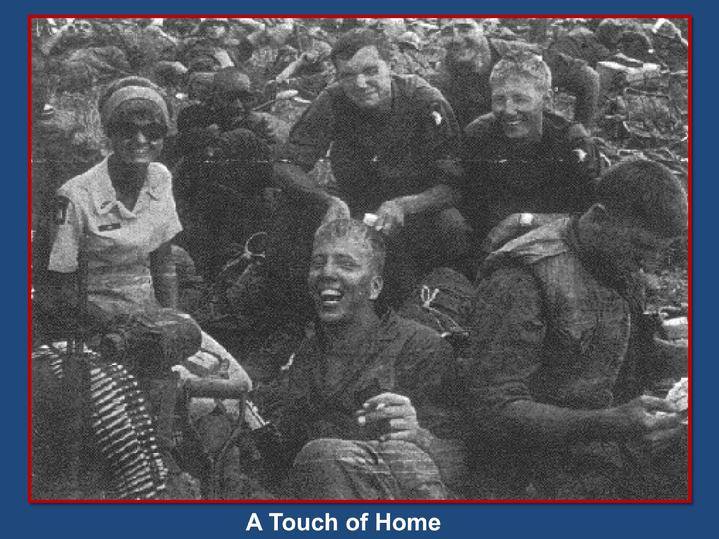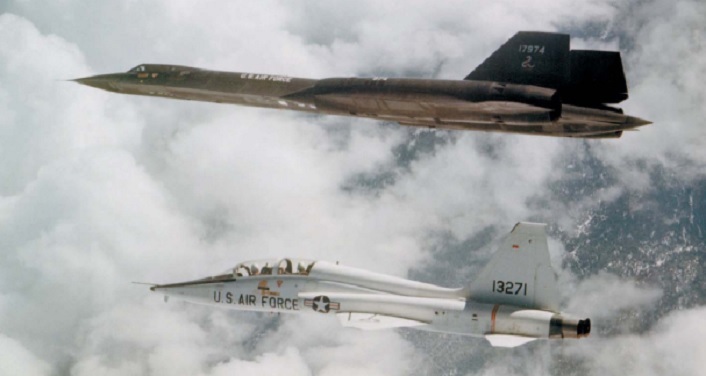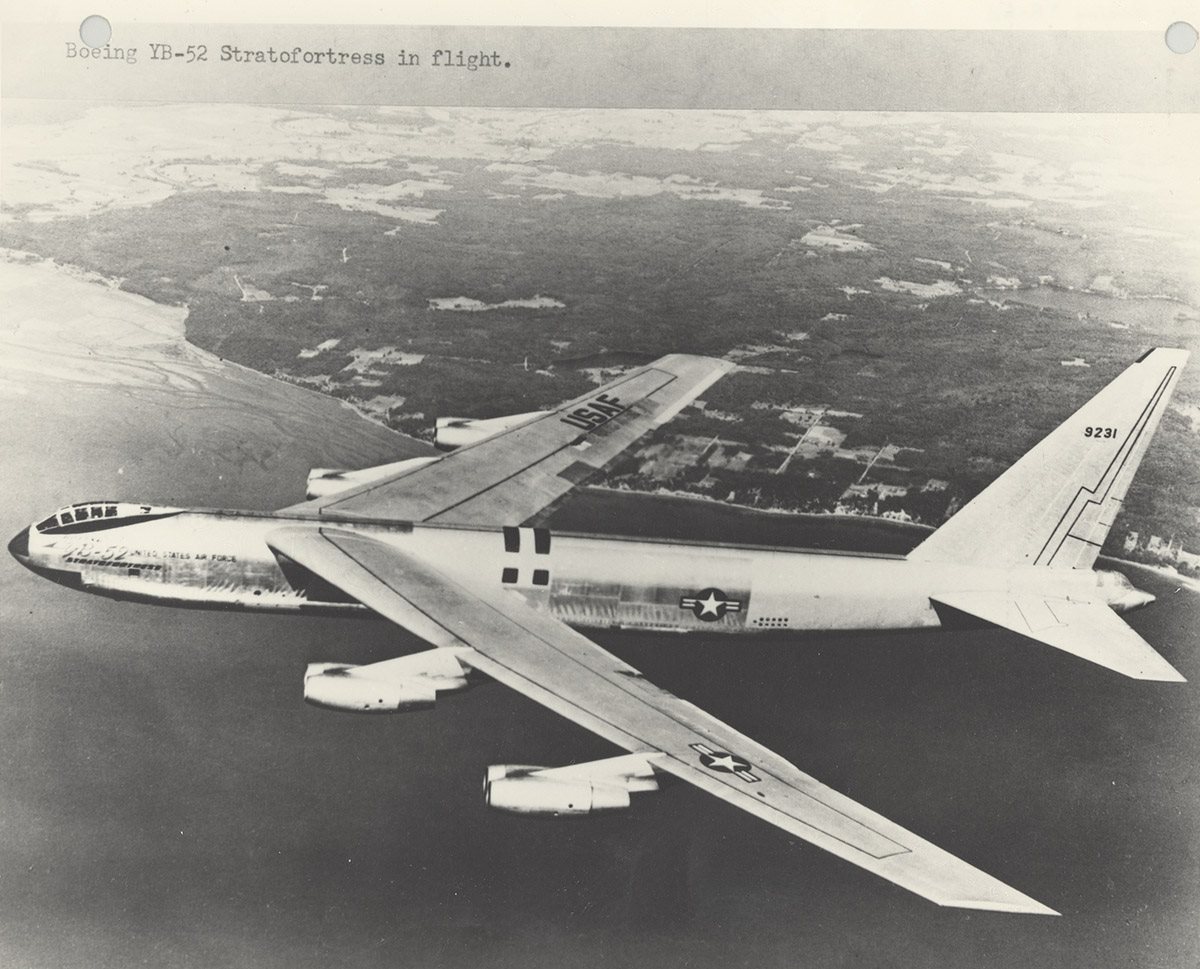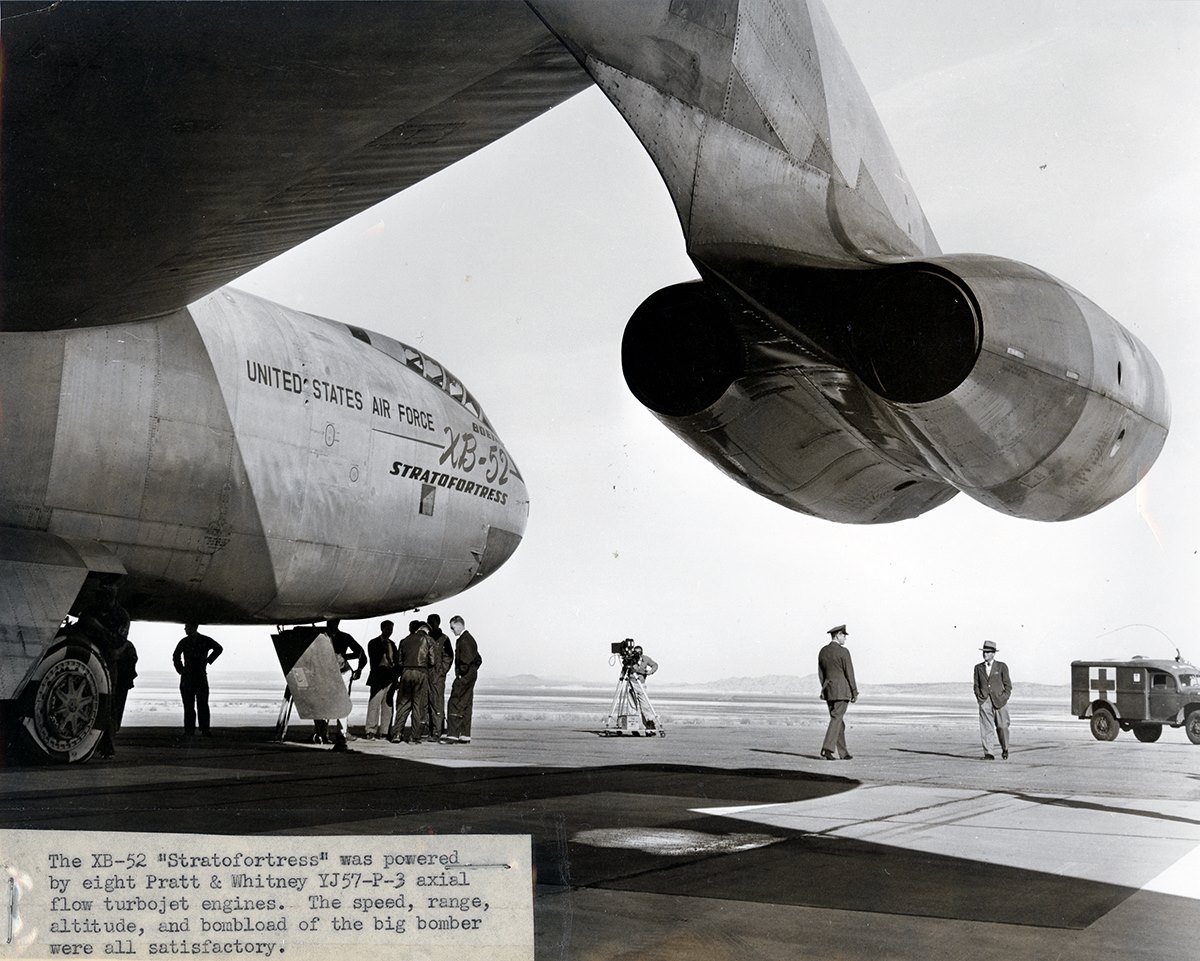The SBD Dauntless Dive Bombers were in many ways the last ditch effort of the Navy to defend Midway. Even though the island had been hit and had been the target of attacks all morning, thus far EVERY single strike had failed
Another drama was unfolding high above as Jimmy Thach struggled for his life against the Kido Butai of the Combat Air Patrol of the Imperial Japanese Navy. A big formation of US Navy Dive bombers had been flying overhead for the hours prior, taking off from the Enterprise, Hornet, and Yorktown between 07:00 and 08:00 and the Yorktown at 08:00.
The Dive Bombers were in many ways the Navy’s last-ditch attempt to defend Midway. While the island had been hit and had been the target of attacks all morning, so far EVERY SINGLE ATTACK had failed. The Kido Butai continued to sail calmly despite several splashes of near misses and downed American aircraft, whether they were high-level B-17s, Marine Dive bombers, or low-level torpedo aircraft.

The Kido Butai Commander VADM Nagumo suffered considerable psychological damage as a result of a B-26 Torpedo Bomber that was able to strafe Akagi’s clear flight deck and give the Admiral and his staff a little fright. According to numerous reports, Nagumo was in a difficult circumstance. He had learned that Midway required a second attack, but also that American Surface forces were close by. He still needed to recover his active Combat Air Patrol as well as his Midway strike group. The Americans had been attacking all morning, but despite the limited damage they had caused so far, their strikes were consuming valuable time that his ships needed to avoid them.
Three different groups of American SBD Dive Bombers were winging their way to three different fates with his Combat Air Patrol Busy down, low. The Wildcat escort of the Hornet Air Group began anxiously eyeing their fuel gauges as they fanned out in a vast prewar style line abreast formation. Torpedo 8 Commander John Waldron had made his own choice and was on his way to a fateful encounter that only Ensign “Tex” Gay managed to survive. Due to a first-class SNAFU by Hornet’s Air Department, Fighting Ace’s fighters were launched first and ultimately had to ditch due to fuel depletion.
In the meantime, CHAG, Commander Stanhope Ring guided the SBDs of Hornet Air Group on what was later referred to as his “Flight to Nowhere” by historians. Hence, the important first strike against the Kido Butai used up a WHOLE THIRD of US Carrier Strike power.

Wade McClusky, the commander of the Enterprise Air Group, continued to fly even though his own fuel gauges were alarmingly low. Only the accidental discovery of the IJN destroyer Arashio provides a hint as to where its parent Task Force is in the vast ocean below. Hence, armed with a marker, the Enterprise Air Group located the Imperial Japanese Carriers, which were noticed by pilots to be steaming with bright yellow decks that stood out against the blue seas below as the sun rose.
As they prepared for the assault, an additional coordination blunder led the majority of Enterprise’s SBDs to concentrate their attack on the carrier Kaga, which they were able to cover with a series of bomb strikes. Only VB-6 CO Lieutenant Dick Best’s fast thinking led him to reposition his own section against Akagi, resulting in two key hits against the Kido Butai flagship.
Akagi’s destruction in the Japanese war movie The Eternal Zero.
Here is another film depiction of the assault from the Japanese war movie Admiral Yamamoto;
Meanwhile, Thach wrote that Max Leslie’s Bombing 3 had experienced its own mishap when some of its own bombs, including Leslie’s own, were launched into the water when activated by their electric arming switches. Leslie decided to join his troops in the Pushover despite not having a bombload, figuring that his 50-calibre weaponry might be put to good use for flak suppression to help cover the runs of his men who still had their bombs.

According to Thach’s report, the outcome was three Imperial Japanese Navy aircraft carriers in flames as a result of some of the most significant hits of the Pacific War being made by Enterprise and Hornet SBDs. The bombers missed the fourth Imperial Navy Carrier, the Hiryu, which would remain a menace to the American Carriers at Midway until the very end, as they pulled out of their dives, and Enterprise’s in particular incurred losses from the remaining Zeros of the Kido Butai’s Combat Air Patrol.
And with that, the momentum of Midway shifted from the lone remaining Imperial Japanese Navy Carrier to the most powerful Carrier Task Force on Earth.
In the image below, you can see Max Leslie’s SBD-3 as it appeared just before its electric arming switch caused it to drop its bomb load into the ocean from the Hangar B Virtual Gallery Turntable at the Pensacola Aerospace Museum. On June 4, 1942, Leslie used this aircraft to attack the Imperial Japanese Navy Carrier Soryu. Leslie returned it to the Yorktown Task Force just in time to have to wait in orbit for the strikes from Hiryu to stop, which forced Leslie to abandon the aircraft due to fuel starvation.
Photo by U.S. Navy
Turntable: Hangar B



